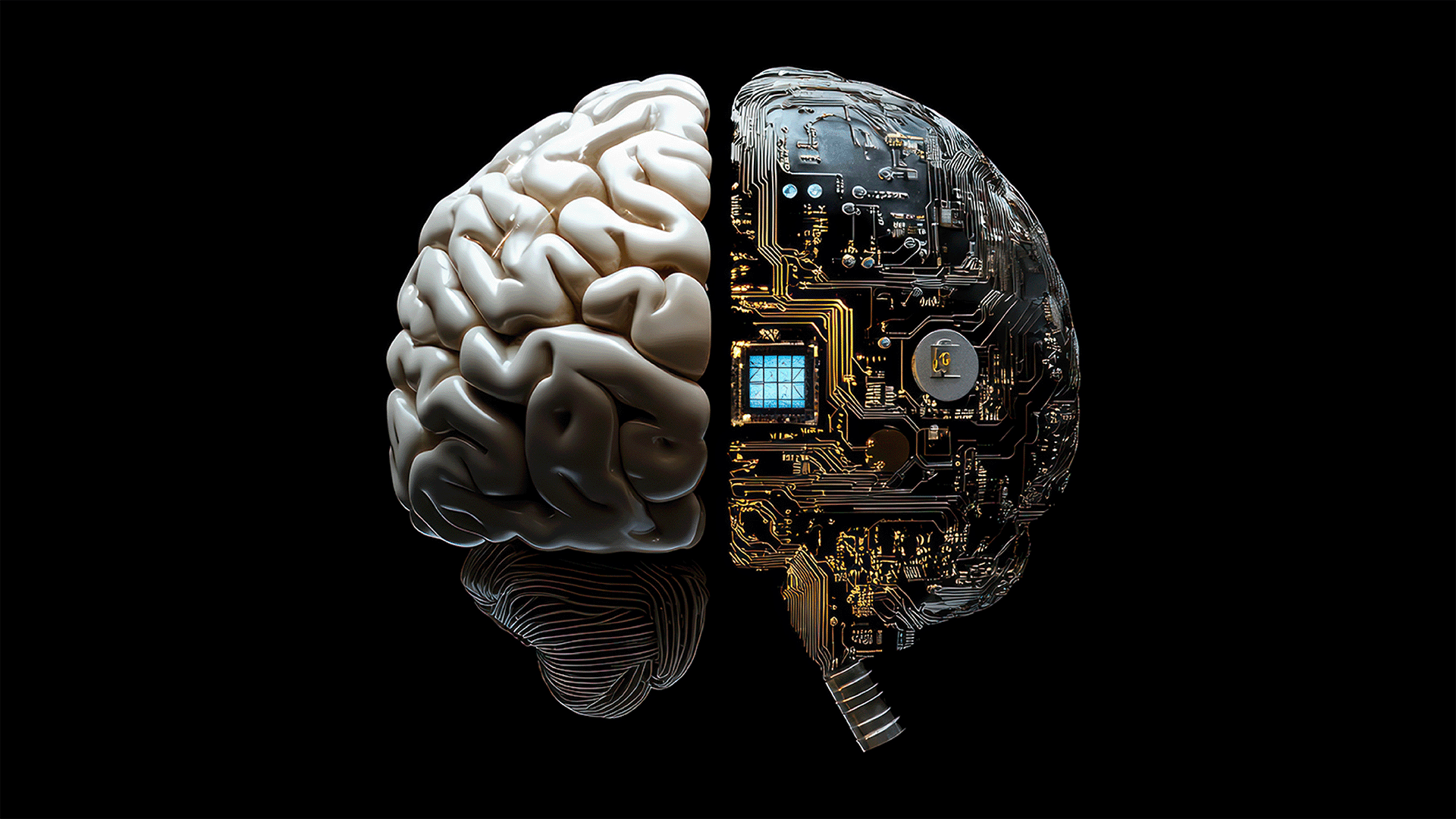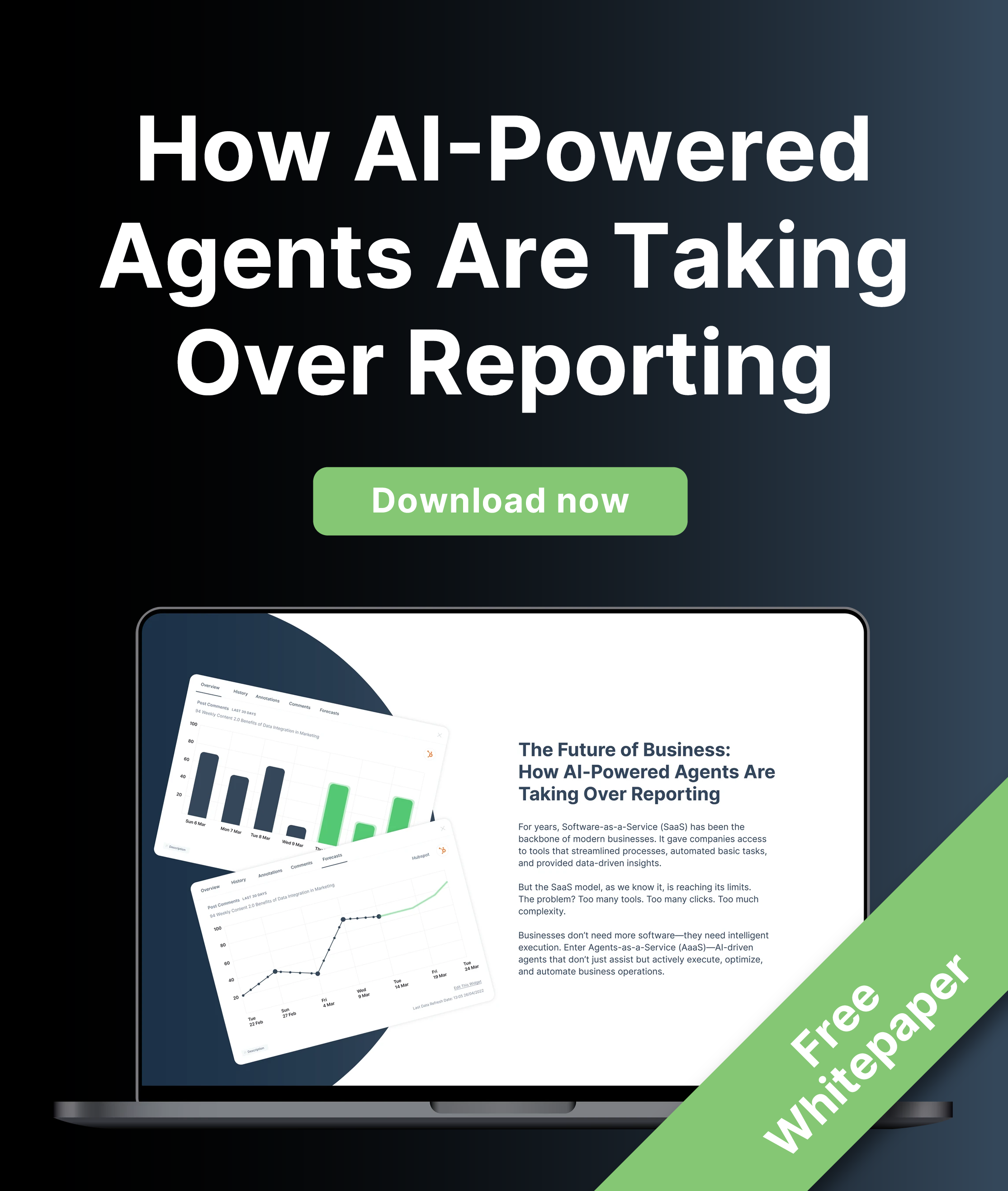The AI revolution is here, and the narrative is familiar: unprecedented efficiency, groundbreaking innovation, and a powerful new competitive edge. Boardrooms are buzzing with strategic plans to deploy AI at scale, investing heavily in the latest platforms and tools. But in this race to technological adoption, a critical element is being overlooked, the human heart of your organization.
The hard truth is that AI is more than a technology shift; it’s a workforce transformation. And right now, many of your employees are feeling uncertain, anxious, and unprepared for what’s ahead. Leaders who fail to acknowledge and address these very real human concerns risk more than just resistance to a new tool; they risk a disengaged workforce and a stalled transformation that no amount of technology can fix.
The reality check: Understanding the scale of employee anxiety
There's a profound disconnect between leadership's strategic vision and the day-to-day sentiment of the workforce. While executives see a future of enabled potential, employees are grappling with immediate, personal concerns about their roles, their value, and their job security.
The data paints a stark picture:
- 72% of employees worry AI could impact their salary or future earnings.
- AI optimists are only a slight majority in the workplace; a large minority (41%) are apprehensive about AI and will need additional support.
- 51% of working adults were anxious about AI’s impact on their employment.
This isn't just a problem for AI laggards. Even your early adopters, the team members actively using these tools, are looking over their shoulders, uncertain about how their roles will evolve in the long term. This underlying anxiety is a silent drain on productivity, innovation, and morale. It’s the background noise that your AI strategy must first quiet before it can succeed.
Three pillars for human-centric AI adoption
Bridging this gap requires a deliberate shift in leadership focus, from managing a technological rollout to leading a people-centric transformation. Success hinges on three core actions.
1. Be transparent and clear: demystify AI's role
In the absence of clear information, people will create their own narratives, and these narratives are often rooted in fear. Vague promises that "AI is here to help" are not enough. Employees need a concrete understanding of how AI will integrate into their specific workflows and why it's being implemented.
What this looks like in practice:
- Move beyond the "efficiency" mantra. Instead of saying "AI will make you more efficient," explain how and say "The new AI agent will handle the first draft of our monthly performance reports, which will free up 5 hours per month for you to focus on deep-dive analysis and client strategy sessions."
- Acknowledge the transition. Be honest that there will be a learning curve and that the company is invested in supporting them through it. Frame AI as a collaborative tool, not a replacement.
- Create clear channels for questions. Host regular "AI office hours" or create Slack channels where employees can ask anything, from the technical to the existential, without judgement.
When you demystify AI, you replace fear of the unknown with a clear, manageable path forward, making transparency the foundation of trust.
2. Invest in upskilling and training: Build genuine confidence
Awareness is not the same as capability. Knowing that AI is coming doesn't mean your team feels equipped to use it. The fact that 41% of employees say more training would make them feel more confident with AI is a clear call to action that most organizations are missing.
Upskilling can’t just be a one-off webinar. It must be a continuous, integrated, and role-specific commitment.
What this looks like in practice:
- Tailor training to the individual. A marketing specialist needs different AI skills than a financial analyst. Move beyond generic "Intro to AI" courses to "AI for content creation" or "AI for data forecasting."
- Incentivize experimentation. Create low-stakes environments for employees to practice with AI tools. Gamify learning with challenges and recognize those who find innovative ways to apply their new skills.
- Tie skills to career paths. Clearly show how AI proficiency will be valued. Integrate it into performance development plans and highlight how these skills lead to new opportunities within the company, not out the door.
This proactive investment does more than build competence; it signals a tangible commitment to your employees' future, transforming anxiety into empowerment and building a resilient, future-proof organization.
3. Lead with empathy: acknowledge and address the Fear
The statistic that 43% of employees worry AI will replace their jobs in the next five years can’t be ignored. This is not an irrational fear; it's a rational response to a rapidly changing world. Dismissing it only deepens the divide.
AI transformation is, at its core, a people shift. It requires leaders to connect on a human level, demonstrating that they understand and care about the impact of this change on their team's lives.
What this looks like in practice:
- Listen first, talk second. Create safe spaces like anonymous surveys or small-group listening sessions specifically for employees to voice their concerns. The goal is not to have all the answers immediately, but to hear them.
- Validate their feelings and reassure them by using phrases like, "It's completely understandable to feel uncertain about this," or "Your concerns about how this changes your role are valid." This type of language helps to build psychological safety.
- Connect AI to human strengths. Consistently articulate the irreplaceable value of human skills: creativity, ethical judgement, strategic thinking, and empathy. Position AI as the tool that handles the repetitive, allowing your team to focus on the work that requires a human touch.
Empathetic leadership builds the trust necessary for people to embrace change rather than fight it. It turns a top-down mandate into a shared journey.
The future of AI is human-led
The organizations that will lead the next decade won't just be the ones with the most advanced AI tools. They will be the ones that prioritized their people. They will be the cultures where trust, transparency, and training are not just afterthoughts, but strategic imperatives. Your competitive advantage won't be your AI-agent, but your ability to build a workforce that is a confident, augmented, and fully engaged team that trusts its leaders and is equipped to harness AI to its full potential.
These strategies provide the framework, but the full execution details are critical. Download our whitepaper, 'The Future of Business: How AI-Powered Agents Are Taking Over Reporting,' to get the complete blueprint for building the best team to effectively use AI as your business's competitive advantage.
Share this
You May Also Like
These Related Stories

Why 55% of COOs Are Betting on AI and How to Get It Right

AI-Powered Operations: How to Scale Efficiently Without Sacrificing Quality

